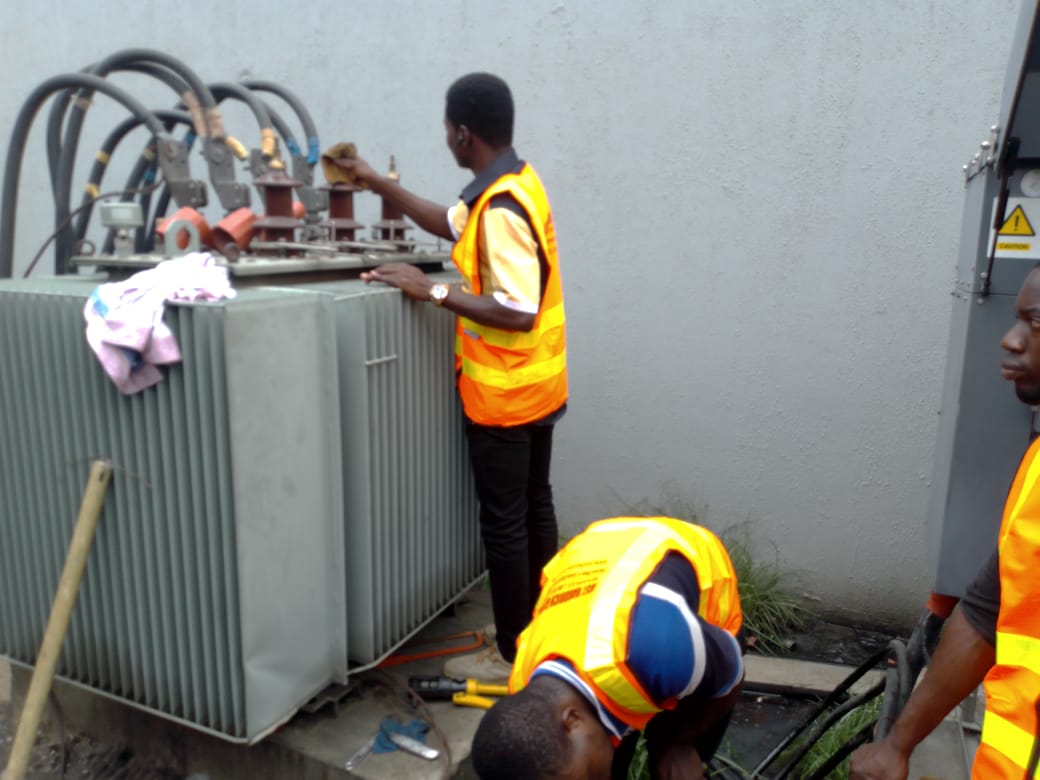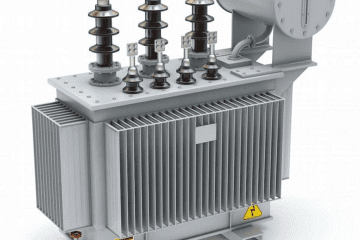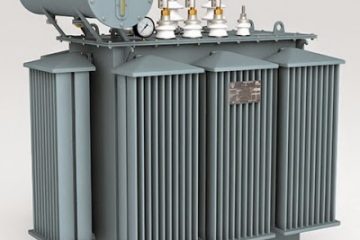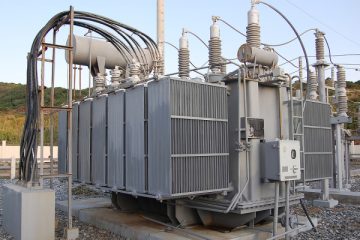Transformers are fundamental components of electrical power systems, facilitating efficient energy transfer between different voltage levels. However, they are susceptible to faults that can compromise their performance and safety. To ensure reliable operation and longevity, transformers require robust protection mechanisms. Among these, overcurrent and earth fault protection play a critical role. At Just HardRich Global Resources Limited, we specialize in providing top-notch electrical power and control engineering solutions, including comprehensive transformer protection services. In this detailed blog post, we delve into the importance, mechanisms, and implementation of overcurrent and earth fault protection for transformers.
The Importance of Transformer Protection
Transformers are exposed to various fault conditions, including external short circuits, internal faults, and overloads. These faults can cause significant damage, leading to costly repairs, prolonged downtime, and potential safety hazards. Implementing effective protection schemes is essential to:
- Prevent Equipment Damage: Protect transformers from thermal and mechanical stresses caused by overcurrents and faults.
- Ensure Safety: Minimize the risk of electrical fires and hazards to personnel.
- Enhance Reliability: Maintain a stable and continuous power supply by preventing unexpected outages.
- Extend Lifespan: Preserve the integrity of transformers, thereby extending their operational lifespan.
Understanding Overcurrent and Earth Fault Protection
Overcurrent Protection involves the use of relays that detect currents exceeding predefined thresholds. These relays activate circuit breakers to isolate the faulty section, preventing damage to the transformer and other connected equipment.
Earth Fault Protection detects ground faults, which occur when an unintended connection forms between a phase conductor and the earth. These faults can cause dangerous voltage imbalances and equipment damage. Earth fault relays sense such anomalies and trigger protective actions.
Types of Overcurrent and Earth Fault Relays
Inverse Definite Minimum Time (IDMT) Relays
IDMT relays are widely used in transformer protection due to their inverse time characteristics, where the trip time decreases as the fault current increases. This ensures faster response to severe faults while allowing time for temporary overloads to clear naturally.
Definite Time (DMT) Relays
DMT relays trip after a fixed time delay, regardless of the fault current magnitude. They are often used in applications where precise coordination with other protective devices is required.
Placement of Overcurrent and Earth Fault Relays
- In-Feed Side Protection: Relays are installed on the primary side of the transformer. This setup provides backup protection for external short circuits, overloads, and internal faults. Relays on this side should trip both primary and secondary circuit breakers to isolate the transformer completely.
- Load Side Protection: Relays on the secondary side protect against faults occurring downstream of the transformer. Unlike in-feed side relays, these should not trip the primary circuit breaker to avoid unnecessary disruption of the power supply.
Operation and Coordination of Relays
The effective operation of overcurrent and earth fault relays relies on appropriate current and time settings, as well as the relay’s characteristic curve. Key considerations include:
- Current Settings: IDMT overcurrent relays typically have settings ranging from 50% to 200% of the full load current. Earth fault relays have settings from 20% to 80%.
- Time Coordination: Relays must be coordinated to ensure selective tripping. This means upstream relays should allow downstream relays to clear faults first, preventing indiscriminate tripping.
- Characteristic Curves: These curves define the relationship between fault current magnitude and trip time. Proper selection of curves ensures that relays respond appropriately to different fault conditions.
Practical Implementation and Trends
Advanced Relay Technology
Modern protective relays offer advanced features such as digital communication, remote monitoring, and adaptive settings. These capabilities enhance the accuracy, reliability, and flexibility of protection schemes.
Smart Grid Integration
Integrating overcurrent and earth fault protection with smart grid technologies allows for real-time monitoring and automated fault response. This improves the resilience and efficiency of power distribution networks.
Predictive Maintenance
Leveraging data analytics and condition monitoring, predictive maintenance strategies can identify potential issues before they result in faults. This proactive approach minimizes downtime and extends transformer life.
Conclusion
Regular and effective overcurrent and earth fault protection is vital for ensuring the safety, reliability, and longevity of transformers. At Just HardRich Global Resources Limited, we are committed to providing comprehensive transformer protection solutions tailored to your needs. Our expertise in electrical power and control engineering ensures that your transformers operate optimally, safeguarding your assets and maintaining uninterrupted power supply.
For expert transformer protection services and cutting-edge solutions, contact Just HardRich Global Resources Limited today. Trust us to be your choicest partner in electrical power and control engineering.
Contact Us
Reach out to us for more information on our services and how we can help you enhance the reliability and safety of your electrical systems.
By thoroughly understanding and implementing overcurrent and earth fault protection, you can ensure the seamless operation of your transformers. Let Just HardRich Global Resources Limited be your trusted partner in achieving this goal.




